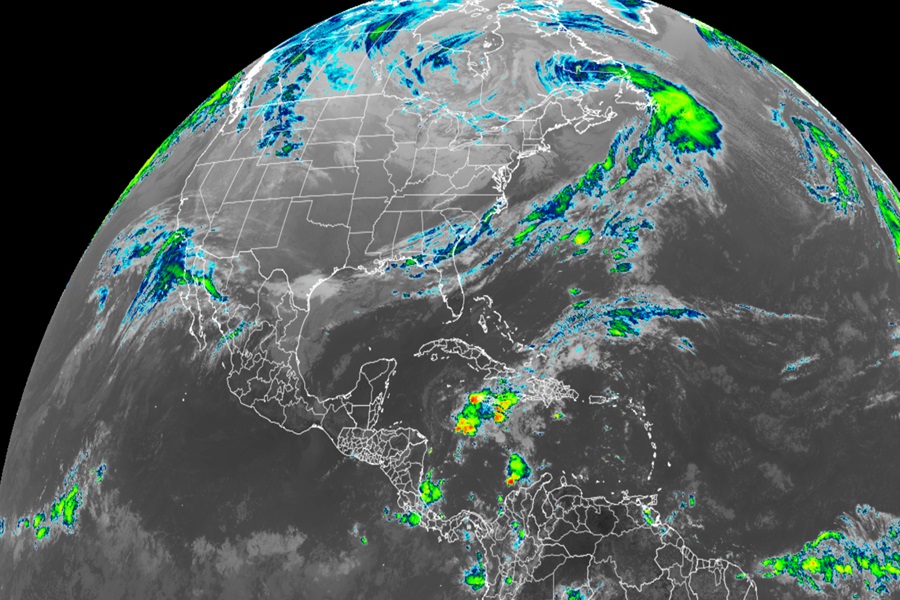
The 2024 Atlantic and Central Pacific Hurricane seasons will draw to an end tomorrow, ending the season that begun in each basin on June 1. According to today’s Tropical Cyclone Outlook issued by the National Hurricane Center, no more tropical cyclones are expected this season.
While the season will end on a quiet note, it has been another active season in the Atlantic. Of the 18 named storms that have formed so far, 11 have developed into hurricanes and 5 into major hurricanes. Additionally, this season is the first since 2019 to have multiple Category 5 hurricanes form in the same season.
The first system, Tropical Storm Alberto, developed on June 19, making it the latest first named storm since 2014.
The peak of hurricane season usually occurs in September and 2024 was no exception. Hurricane Helene developed over the western Caribbean before moving toward the Big Bend region of Florida, making landfall there on September 26 at Category 4 strength, causing catastrophic damage over central Appalachia. Hurricane Kirk formed soon after and rapidly intensified into a Category 4 hurricane in the Eastern Atlantic before striking Europe as a post-tropical cyclone.
October was also a very active month with four named storms developing of which all but one were hurricanes. The strongest, Hurricane Milton, formed in the Gulf of Mexico and explosively intensified into the second Category 5 hurricane of the season; it was also the strongest tropical cyclone worldwide in 2024. Milton later made landfall near Siesta Key, Florida, on October 9, as a Category 3 hurricane, bringing considerable damage to an area still recovering from 2022’s Hurricane Ian.
The Central Pacific Hurricane Season wasn’t as active. This year, the basin saw two tropical cyclones: Hone and Gilma. In a typical season, 4-5 tropical cyclones form here making 2024 a quiet year there. While quiet, it wasn’t without incident. Hone was responsible for significant flooding on the Big Island of Hawaii; floods there damaged many roads and homes and created millions of dollars in damages. Tropical storm force winds brought down utility poles across the Big Island, with reports of damage on Oahu and Maui islands as well.